In 1916, Edith Wharton gathered a group of luminaries—including Theodore Roosevelt, Henry James and Igor Stravinsky—to assemble The Book of the Homeless, a collection of essays, poetry, art and musical scores, proceeds from which went to families displaced from World War 1. More than a century later, Charlotte Moss is reinterpreting that project with her own volume, Home: A Celebration (Rizzoli), in which a star-studded cast of designers, chefs, actors and editors share what home means to them—all while supporting awareness (and raising funds) for No Kid Hungry.
With the global pandemic putting even more strain on families already in need, many parents now face the unfathomable decision of whether to spend their next paycheck on food or shelter for their children—one in six of whom are left hungry and malnourished every day. The national campaign No Kid Hungry is dedicated to eliminating any obstacles that may be preventing a child from obtaining the food they need.
Each page of Moss’s book is filled with heartfelt messages from contributors like Kelly Wearstler, Jill Kargman and Gloria Steinem, as they reflect on their own interpretations of home for an important reminder that together, we are capable of change, through the power of gratitude, and a little bit of love.We sat down with Moss to find out more about this meaningful endeavor and get a glimpse at what’s inside.
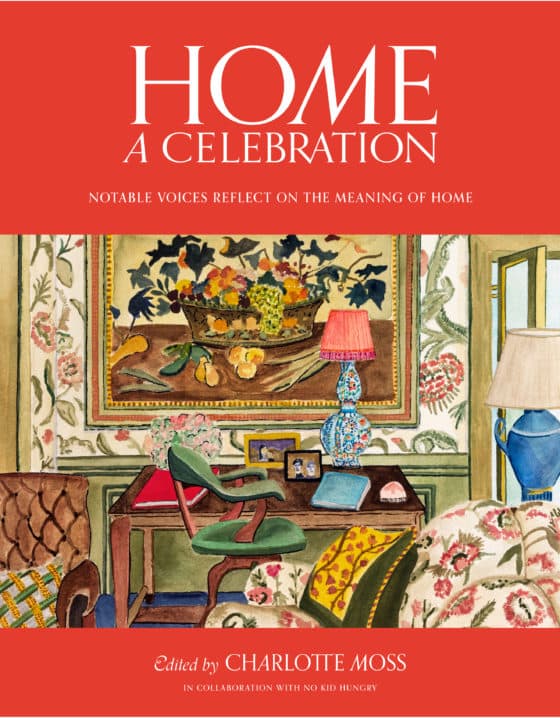
⋅ ⋅ ⋅
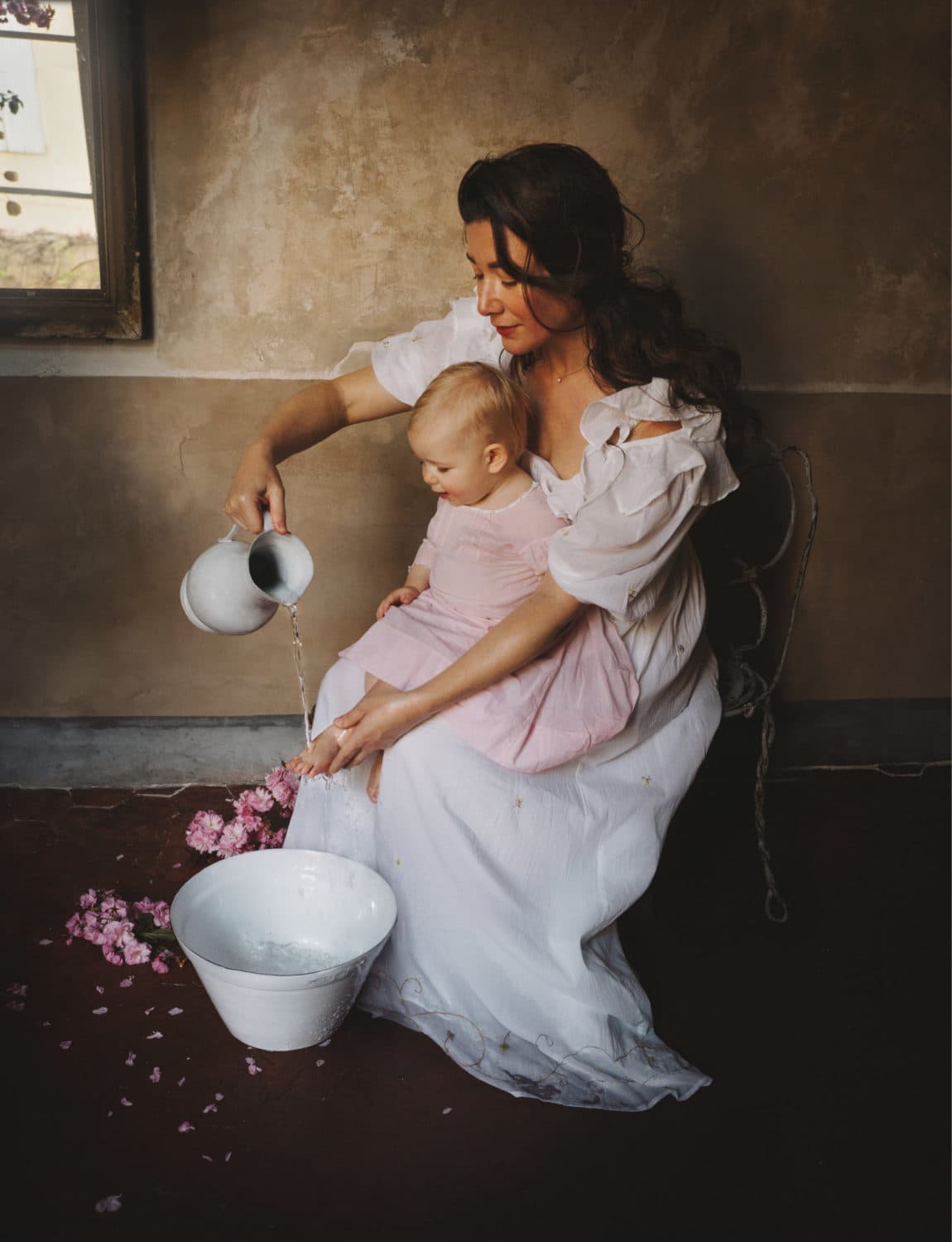
What prompted your decision to put together this book? Was it articles you read, news surrounding the pandemic that alarmed you, or any other specific moment that you can recall wanting to make it happen?
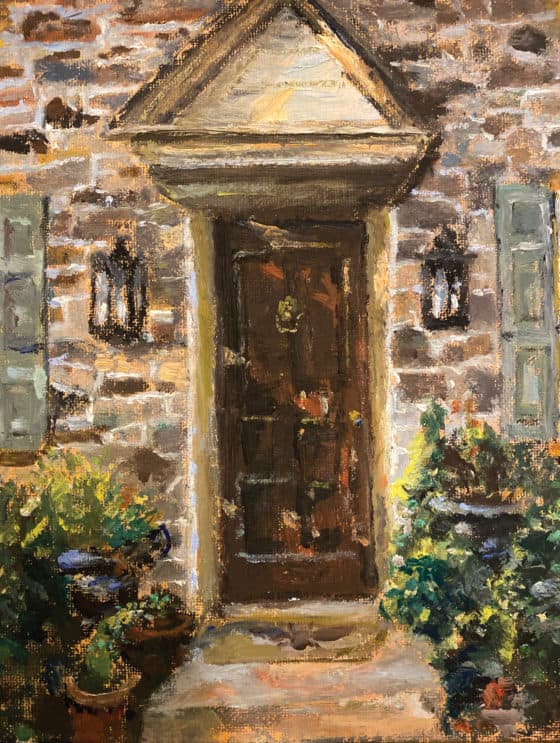
Seeing the lines at the food pantries, people losing their jobs, businesses closing during the covid-19 crisis—it really became cataclysmic. I was struggling to figure out what I could do besides work in a food pantry. I wanted to do something to help more people. I had always owned Edith Wharton’s Book of the Homeless that aided refugees in WWI. I just thought it was such a beautiful model for a book because Edith, through her contacts, asked people to contribute to her book in one way or another. It was such a great idea for a fundraiser because you are asking people to do what it is they do best. It has been hovering on my bookshelf and I thought, one day I have to do this concept again. So I told my husband one night at dinner that I needed to do this, and he replied and said then I must do it—and I must do it now. So I called five friends, we all talked about our respective lists to gather a great diversity of poets, artists, photographers, and writers.
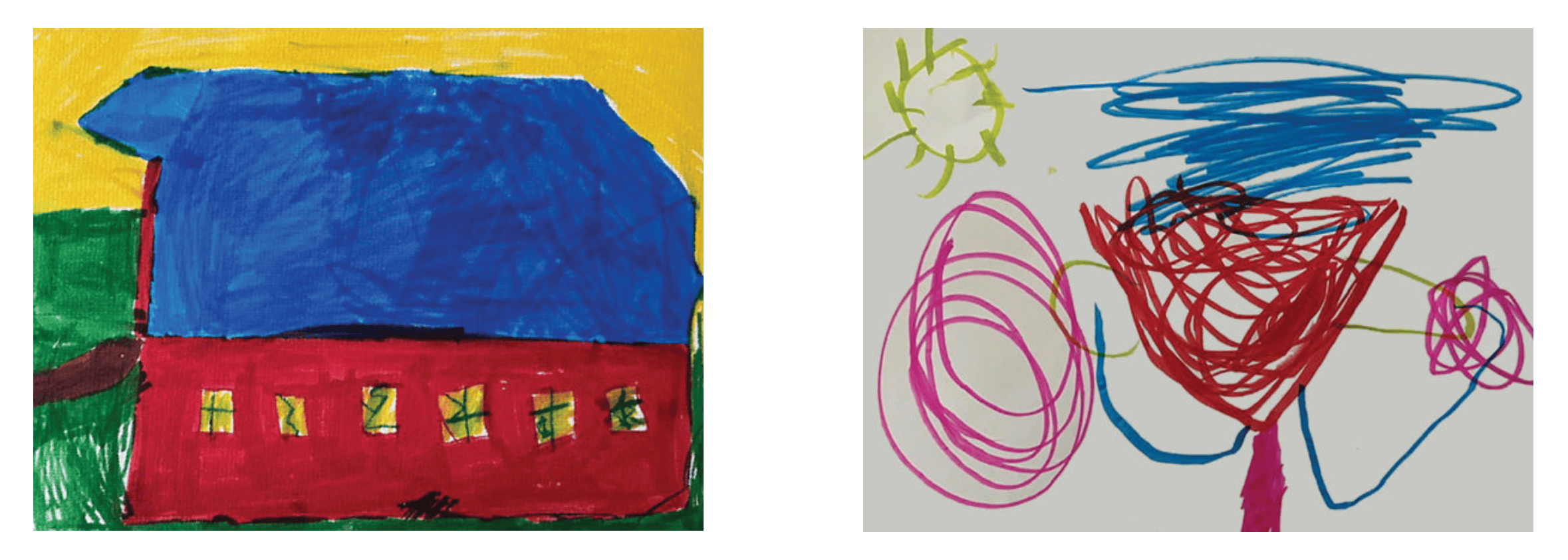
What was really amazing, was how quickly people said ‘yes.’ That, to me, was one of the most exhilarating parts of all this. It’s one thing to come up with an idea, it’s another to be able to execute successfully. It was a great community effort—I think it speaks not only to who we are as individuals, but to who we are as Americans when it comes to giving.
What feelings do you hope your book evokes in people, and what changes do you hope to see as a result?
I think it will change how people see childhood hunger in America, because the statistics are all there. All it takes is going to No Kid Hungry’s website to inform yourself and learn more. What I hope this will do is raise awareness of a condition in our country and make people aware of No Kid Hungry. I’ve always said this about philanthropy—it’s not just for wealthy donors, it’s for anyone. Anyone can make a change because all of those dollars add up.

Why did you choose No Kid Hungry over any other organization? Do you have a prior working relationship with them?
When we launched an Instagram challenge at the start of the pandemic and called No Kid Hungry to ask permission to use their name, I just loved their response and their willingness to work together. I thought, if we’re going to do this, we’re going to do this with someone that’s going to be our partner, and they were the most amazing partner throughout this whole process. We had regular zoom updates because they would reach out to some of their patrons as well.
How did you choose the individuals that partook in the creation of this book? Do they all have something in common?
The commonality was through their disciplines, but the list came about by all of us on my committee. Everybody knew everybody and facilitated the ‘yes’s. My wish was that Darren Walker, President of the Ford Foundation, would write the forward because he’s a pretty special human being. As he mentioned, it’s one thing to go hungry for the day and not be able to focus on your schoolwork, but it’s also the long-term effect hunger has on children’s development. The statistic that really stops people short is that 1 in 6 children in America are hungry—this is when I have such an issue with it because there’s so much frivolous spending that’s ever-present on social media highlighting what people do have, that we often forget what others don’t.
I know you asked the participating creatives to submit their work in response to the question “what does home mean to you?” Were there any other guidelines or prompts given?
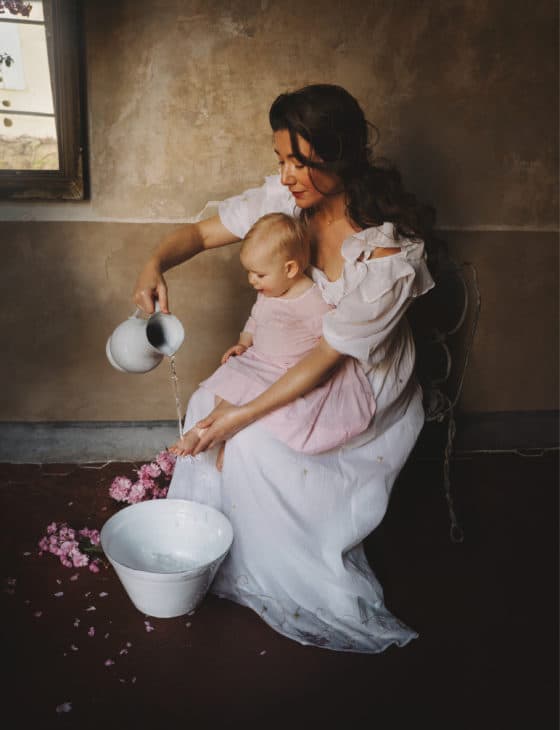
We knew we were going to have a page count issue, that was our biggest constraint. We had to make sure that we had a good diversity of writing and art, so we limited everyone to two pages max, with a few exceptions. Everybody conformed in that way, and that was really it. We always had a chart knowing how many photographs and essays there would be so that we could ensure a book with great flow and diversity.
What does the idea of home mean to you personally?
It’s my nest, it’s my security, it’s about a lot of love, and it’s about beauty—I mean that’s the business I’m in. For me it’s creating it for myself so that I’ve got this haven, and creating it for other people in my family as well.
How would you express this idea of what home means to you if you were to be included in the book as a participant?
If I was going to contribute to the book, I would definitely do an essay that had dropped in photographs, almost like an article. I’m sitting here at home now and I am looking at this secretary that has photographs of my grandmother and my grandfather on both sides of the family. My husband, my brothers and sisters. It would probably be vignettes—really tight vignettes—of things that are meaningful and that’s what I would write to.
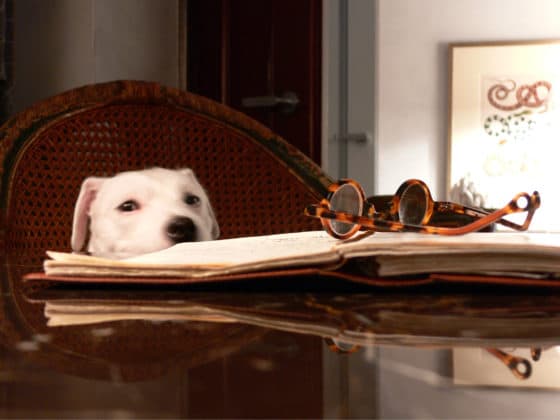
What strength do most of us have that we may not be aware of, that can contribute to ending childhood hunger? What is the most important thing we can do, in your eyes, to make a difference?
You know, all of us have something, and some people aren’t even aware of how to go about contributing and giving. The most important thing is is that everyone understands they have a strength, that they can contribute their time or some money, however small, it does make a difference—it all adds up. The other thing that everyone can do is spread the word—use everything in your toolbox that you’ve got available: you’ve got your mouth, you can talk about it. You can spread the word through social media. You never know who it’s going to strike that didn’t realize there’s an issue and now they know how they can contribute. It’s my true definition of philanthropy that it’s not just for the wealthy, everyone has a heart. It’s about compassion, sacrificing sometimes. I have this saying in my dressing room, it says, “to the world, you are only one person. But to one person, you could mean the world.” We can all do this, we can all do this.
Tell me about the Instagram challenges you did that had an impact on your decision to start on this project.
I launched two challenges on instagram to raise money for No Kid Hungry and Feeding America, and we raised $150,000. I decided that I would challenge everybody to do a collage! We were all locked down at home and we no doubt had stacks of magazines. My husband and I would vote on the best collages and our family foundation would donate $100 for every collage that someone made. We got to $10,000… we got to $20,000… one night we got to $50,000. My husband said ‘this could be the runaway train,’ and I said, ‘I hope so!’ Everybody sort of turned their dining room table into collage central. That’s when I knew I had to do this. I was still writing my book Flowers, so I sequestered myself in East Hampton where I wrote a book on one table and edited a book on another.
View this post on Instagram

















